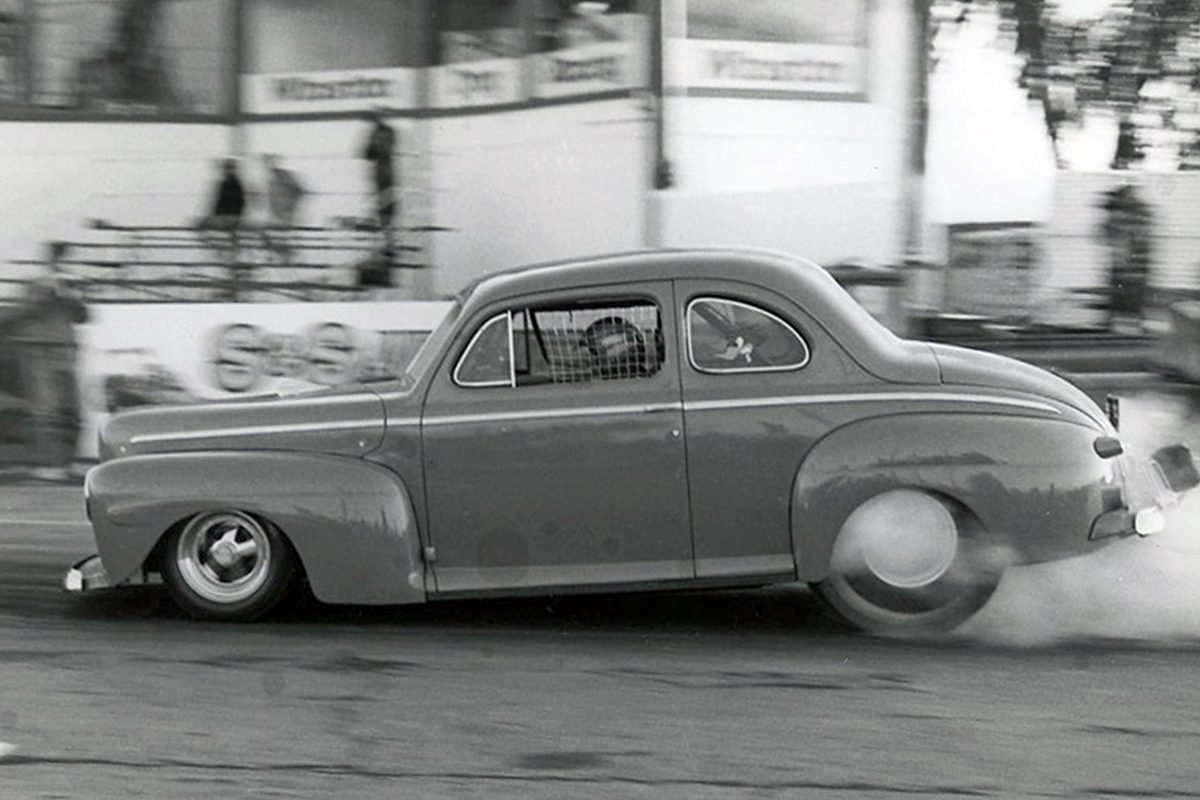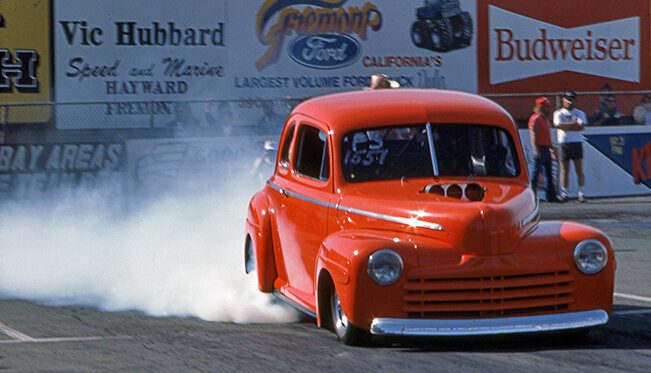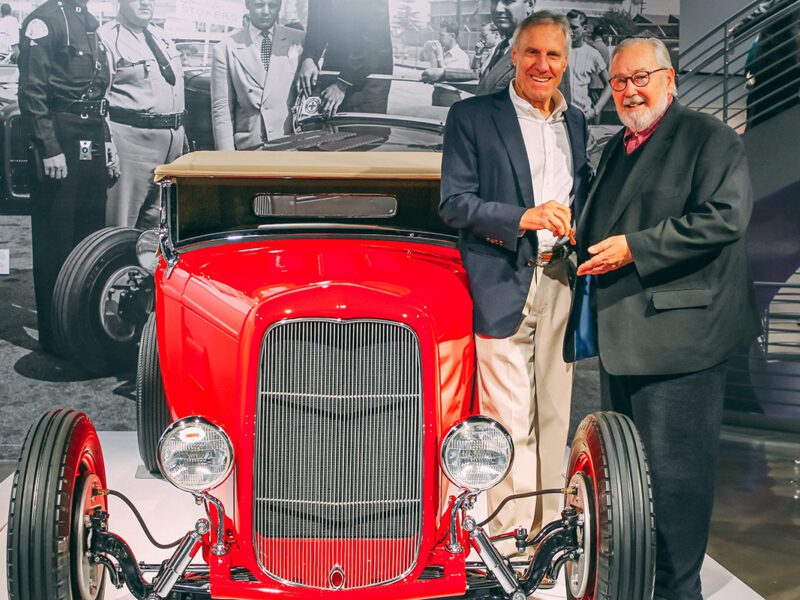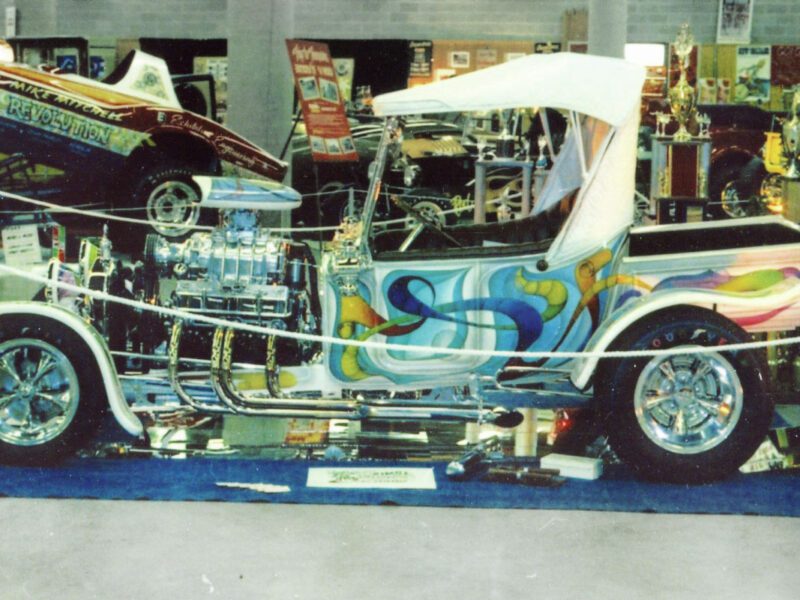Fat Jack Robinson – Making Fat-Fendered Hot Rods Great
Any sobriquet that includes the word “fat” would be, in polite company, considered less than complimentary. But the late hot rodder Jack Robinson wore the moniker of “Fat Jack” proudly, for the descriptor wasn’t aimed at Robinson’s physique but, rather, at his talent at building and popularizing fat-fendered hot rods.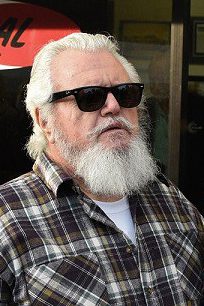
There was a time when fat-fendered rods – those bulbous 1939 to 1948 machines – were deemed the ugly stepchildren compared with the Ford roadsters, highboys, and coupes from the 1920s and 1930s. This was a carryover from the post-WWII hot rod scene, when such cars were plentiful and cheap.
As the street rod movement blossomed in the 1970s, these traditional models became less plentiful and more expensive. Budget-minded rodders began turning to fat-fendered models for economy and comfort. For example, a heretofore unloved ’48 Ford sedan was suddenly a perfect option for budget-friendly, long-distance cruising, with the entire family in tow.
And one of the best champions of this trend was Jack Robinson.
Robinson was born in 1943 in Long Beach, California, to John Robinson, a WWII vet. During the 1950s, the Long Beach area was a hot bed of hot rides, and young Jack caught the fever at a young age. Legend has it he started working on a ’40 Ford at age 12. By the time he graduated high school, his stable included a chopped three-window Deuce coupe and a Studebaker powered by an Olds V-8.
Following school he became a skilled carpenter, but after hours he traded hammer for torch, modifying his friends’ cars as well as his own. His skill set improved rapidly. His signature was attention to detail and an aggressive, lowered stance. Before air bags, Fat Jack fabricated his own front suspensions, slamming his cars lower than believed possible. Moreover, he applied his acumen to all manner of rods, early and late, open and closed, fat fenders or none.
 Robinson’s part-timing came to a close in 1975 when he formed J&R Hot Rods. His timing was perfect. Rod & Custom’s first Street Rod Nationals in 1970 set in motion a renewed interested in street-driven hot rods – and SoCal was the place to be. Builders like Dick “Magoo” Megugorac, Pete Chapouris, Pete Eastwood, Jim Jacobs, and others led the way crafting a litany of high-profile, high-quality machines. Robinson quickly joined that exclusive fraternity.
Robinson’s part-timing came to a close in 1975 when he formed J&R Hot Rods. His timing was perfect. Rod & Custom’s first Street Rod Nationals in 1970 set in motion a renewed interested in street-driven hot rods – and SoCal was the place to be. Builders like Dick “Magoo” Megugorac, Pete Chapouris, Pete Eastwood, Jim Jacobs, and others led the way crafting a litany of high-profile, high-quality machines. Robinson quickly joined that exclusive fraternity.
Robinson had another thing going for him – he was based in Southern California, a short, congested freeway cruise from the hot rod publishing industry. So, it wasn’t long before one of Fat Jack’s builds, a bright orange ’46 Ford coupe caught the attention of Hot Rod magazine.
In 1985, Jack’s wild and radical and fast ’46 coupe appeared on one of Hot Rod’s most celebrated covers. Headlined “Fat Attack,” the July cover and inside feature showcased the Robinson coupe paired with Pete Chapouris’ flamed blue ’39 Ford convertible. Jake Jacobs, who helped construct the ’39, also photo-bombed the cover image.
It’s hard to overstate the impact that cover had on the street rod universe. With the imprimatur from Hot Rod magazine, fat-fendered cars were now cool. As a result, the aftermarket responded with a slew of new components for these once-neglected cars, from suspension setups to engine mounts to air conditioning.
In the late 1980s, Nostalgia Drag Racing Association began holding vintage drag racing, and one its most popular classes was “Super Street,” which became better known as the Fastest Street Rod Wars. And one of the stars of the show was Robinson’s coupe. Its 498c.i., all-iron big block was blown, injected, and consumed copious amounts of methanol. It ran in the 9s with a top speed nearing 150mph.
Sadly, Jack’s coupe came to an inglorious and spectacular end during a race at Fremont Dragstrip in 1988. When driver Dave Condit jammed the Lenco into high gear the car violently veered right, dug in, and barrel-rolled. Such was the coupe’s velocity that bits of the car careened down the track and tripped the clocks in under 10-seconds. The car was destroyed.
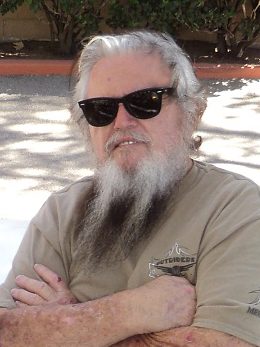 Despite the coupe’s demise, its influence has never been forgotten. Hot Rod later named Fat Jack’s famous ’46 Ford coupe one of the “100 Most Influential Hot Rods”.
Despite the coupe’s demise, its influence has never been forgotten. Hot Rod later named Fat Jack’s famous ’46 Ford coupe one of the “100 Most Influential Hot Rods”.
“Fat fendered hot rods were Jack’s ‘deal,’” explained Brian Brennan, editor of Modern Rodding magazine. “He really enjoyed those cars. Of course, that’s how he got that a nickname. And like many great car builders, he was very opinionated as to what he believed. He was a lot like Lil’ John Buttera in that regard. Opinionated and talented.”
Fat Jack Robinson continued to build top-tiered hot rods at Fat Jack Enterprises for the next two decades, eventually moving his shop from Hawaiian Gardens, California, to Wildomar, near Lake Elsinore. He passed away in 2020 – but not before passing the torch (literally and figuratively) to his son John, who inherited his father’s talent for car crafting.
So, the next time you stroll the fairgrounds of a Goodguys event, notice the abundance of rotund coupes and sedans. Then tip your hat to Fat Jack Robinson.

